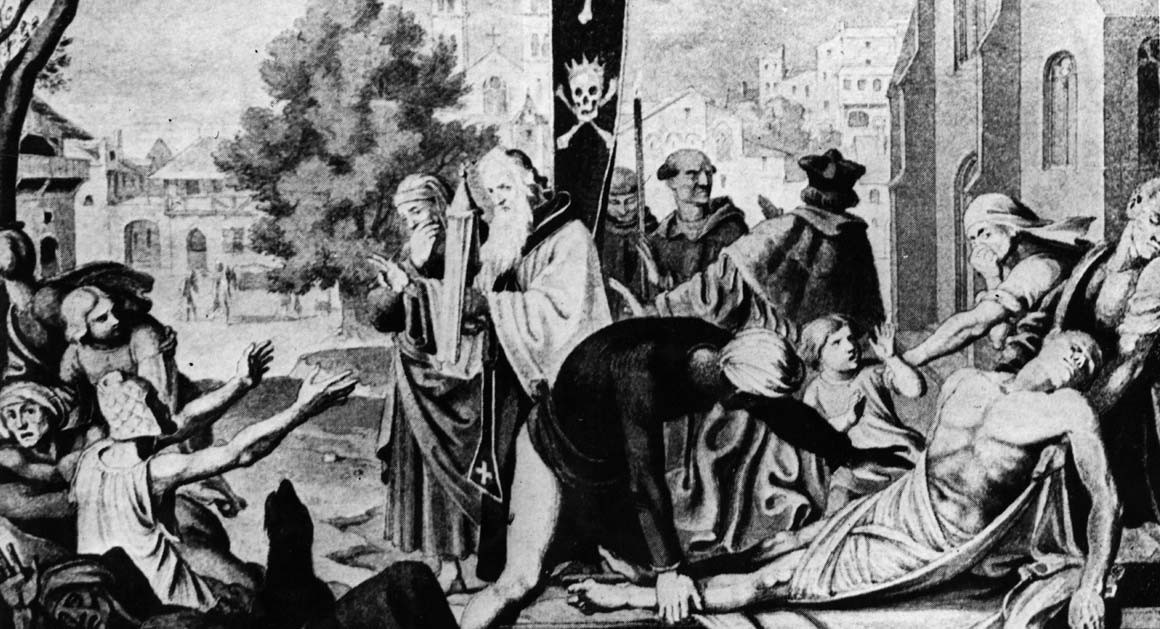
Reading the news about the Coronavirus COVID 19, one cannot help but recall the Black Death, the greatest biomedical disaster in European history. Although it was not the first plague epidemic, the Black Death swept through medieval Europe indiscriminately killing the majority of people it came into contact with and affected society, unlike any other natural calamity.
The Black Death, also known as the Great Plague resulted in the deaths of an estimated 75 to 200 million people, peaking in Europe from 1347 to 1351. The plague created a number of religious, social and economic upheavals, with profound effects on the course of European history. The pandemic is thought to have originated in the dry plains of Asia, where it traveled along the Silk Road. From there, it was most likely carried by fleas living on the black rats that traveled on all merchant ships, spreading throughout the Mediterranean Basin and Europe.
Religion already played an important role in the everyday lives of European Christians, and the plague exacerbated its role. Christianity held a distinctive view on illness and healing: suffering was the consequence of human sin and disease could be both natural and divine.
The veneration of saints was an important aspect of the Catholic Church. Medieval people venerated certain saints for particular causes, these saints became to be known as patron saints. Certain environmental climates would increase the veneration of these patron saints. The reoccurring epidemics would have been a considerable factor to increase the veneration of saints particularly associated with the plague and death.
Saint Christopher, St. Sebastian, and Saint Roch are considered to be three most important Holy Protectors against the plague, but other saints were also frequently invoked for protection against the pandemic, including the Fourteen Holy Helpers, a group of saints originated in the 14th century and venerated together in Roman Catholicism because their intercession is believed to be particularly effective. They are: St. Agathius, St. Barbara, St. Blaise, St. Catherine of Alexandria, St. Christopher, St. Cyriacus, St. Denis, St. Erasmus, St. Eustace, St. George, St. Giles, St. Margaret of Antinoch, St. Pantaleon, and St. Vitus.
Additionally, the following Saints are frequently invoked as saintly intercessors against pandemics and plague: St. Bernardino of Siena, St. Casimir, St. Fabian Pope and Martyr, St. Frances of Rome, St. Genevieve, St. Gregory the Great, St. Nicholas of Tolentino, St. Peter of Verona, St. Regis, St. Remigius of Rheims, St. Valentine, St. Vincent Ferrer, and St. Walburga.
Finally, holy unmercenary healers and great martyrs Cosmas and Damian were known to protect against many illnesses and especially from the plague pandemics.
In today’s world, attitude towards pandemics has changed and modern medicine eclipsed the ancient reliance on spiritual measures to cure disease. Despite this, the evocation of the Holy Protectors as the saintly intercessors is still popular among the Christian believers, especially at times when all other measures fail to stop the disease from spreading.




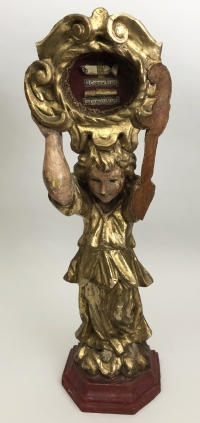

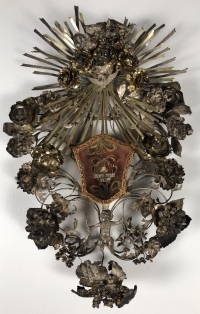

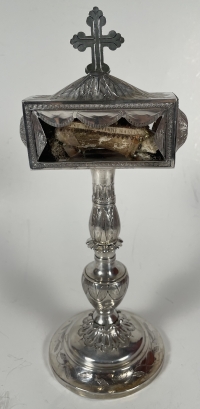
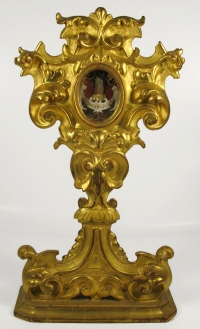
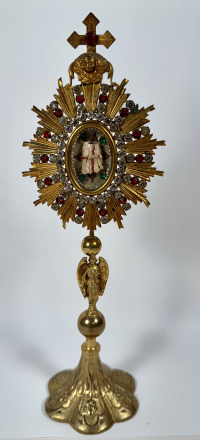
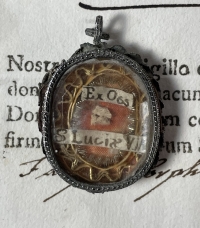
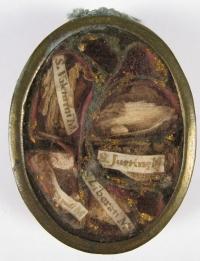
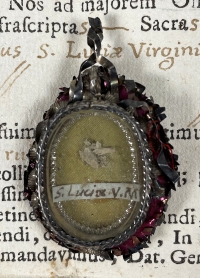
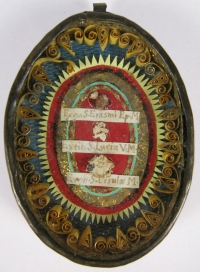
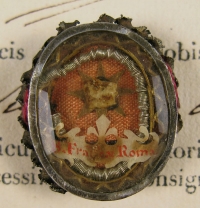
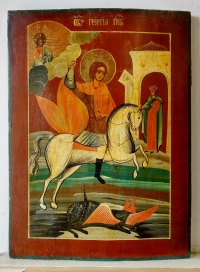
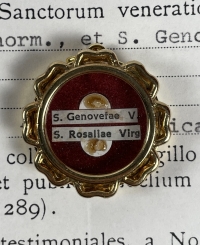
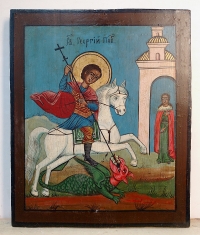
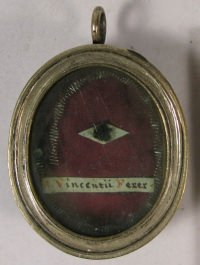
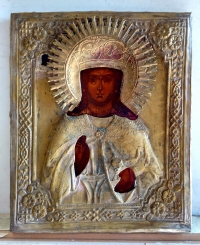
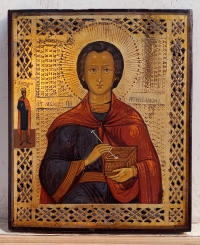
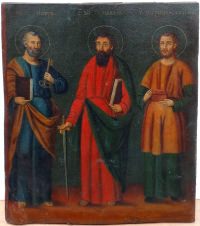
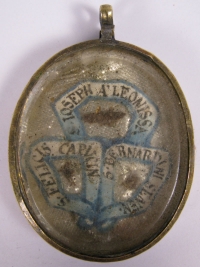

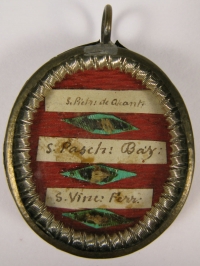
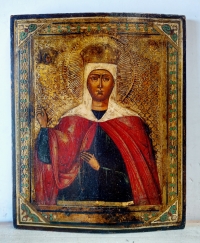


 Поменять язык на русский
Поменять язык на русский 